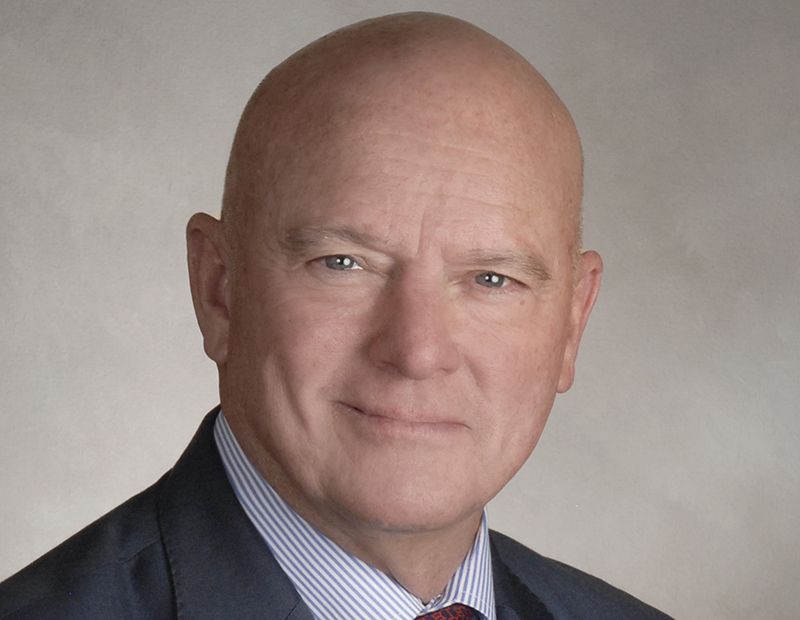Attracting Office Tenants in a Post-Pandemic Environment
The pandemic has allowed the industry to step back and reevaluate what is essential to its office tenants. Here are some examples according to John Heagy of Hines.
The pandemic has created a disruption of the pre-pandemic office environment. Customers are evaluating the necessity of open office spaces in dense urban cores, given the interim viability of working from home and the lack of proper protocol on how to reenter a centralized office environment safely.
Despite the effects of COVID-19 across the sector, the office will once again be the primary workplace at some point in the near future, but it will look much different than it did when we left it in March. In a recent study by Gensler, only 12 percent of U.S. workers want to work from home full time, with 70 percent of workers wanting to work in an office environment the majority of the week, with safety measures put into place. Building developers will need to fine-tune their approach in the design of new-to-market assets, and the marketing of existing assets will need to shift focus to the core needs of the post-pandemic office tenant, placing health and wellness as a top priority.
Health & wellness infrastructure
In the post-pandemic work environment, journey mapping will play a significant role in designing spaces, starting with the way tenants move around buildings, their tenant space within these buildings and the surfaces they encounter during the day. Ensuring touchless access points—whether for a newly developed building or for a repositioned building—will be a key attribute for potential tenant customers looking to lease space.
Indoor air quality will also play a major role in decision-making, with innovative, state-of-the-art indoor air filtration systems that can filter out bacteria and viruses, address ventilation, humidity and indoor pollutants being a top priority. For example, MERV-13 filters can filter out harmful bacteria circulating throughout the office building and circulate fresh air on each floor throughout the day.
Blurred lines between indoor, outdoor connection
Access to the outdoors has been a constant during the pandemic, offering cooped-up citizens the ability to safely leave the confines of their homes. The focus on creating spaces that connect the indoor and outdoor environment is important in any pre-pandemic leasing strategy. For example, we delivered T3 West Midtown in Atlanta, which is a heavy timber office development that successfully integrated tech-enabled large balconies, pocket parks and rooftop terraces into its design. These extended work zones provide a safe environment for our tenants to feel comfortable collaborating, as well as added flexibility during the workday.
Office spaces that foster a connection to the environment through natural light via innovative energy-efficient window technology and biophilic elements will also attract tenant customers looking to lease large components of space. The Future Workplace Employee Experience study found that 78 percent of employees say access to natural light and views improve their well-being, and 70 percent reported improved work performance. At T3, we constructed 9-foot-tall windows that were uniquely designed to offer clear transparency with a shading coefficient, ensuring energy efficiency for the tenant. The building itself presents the unique antibacterial advantage of using timber frame construction as opposed to steel and concrete.
The pandemic has allowed the industry to step back and reevaluate what is essential to its office tenants. It has accelerated the changes that were already underway, forcing both flexibility and adaptability from a development and leasing viewpoint. Though the future of the pandemic is uncertain, the office of tomorrow will be better focused on the human experience.
John Heagy is a senior managing director at Hines and is responsible for the leasing and marketing of the office and mixed-use projects and securing corporate development and services assignments in the Southeast Region of the United States.








You must be logged in to post a comment.